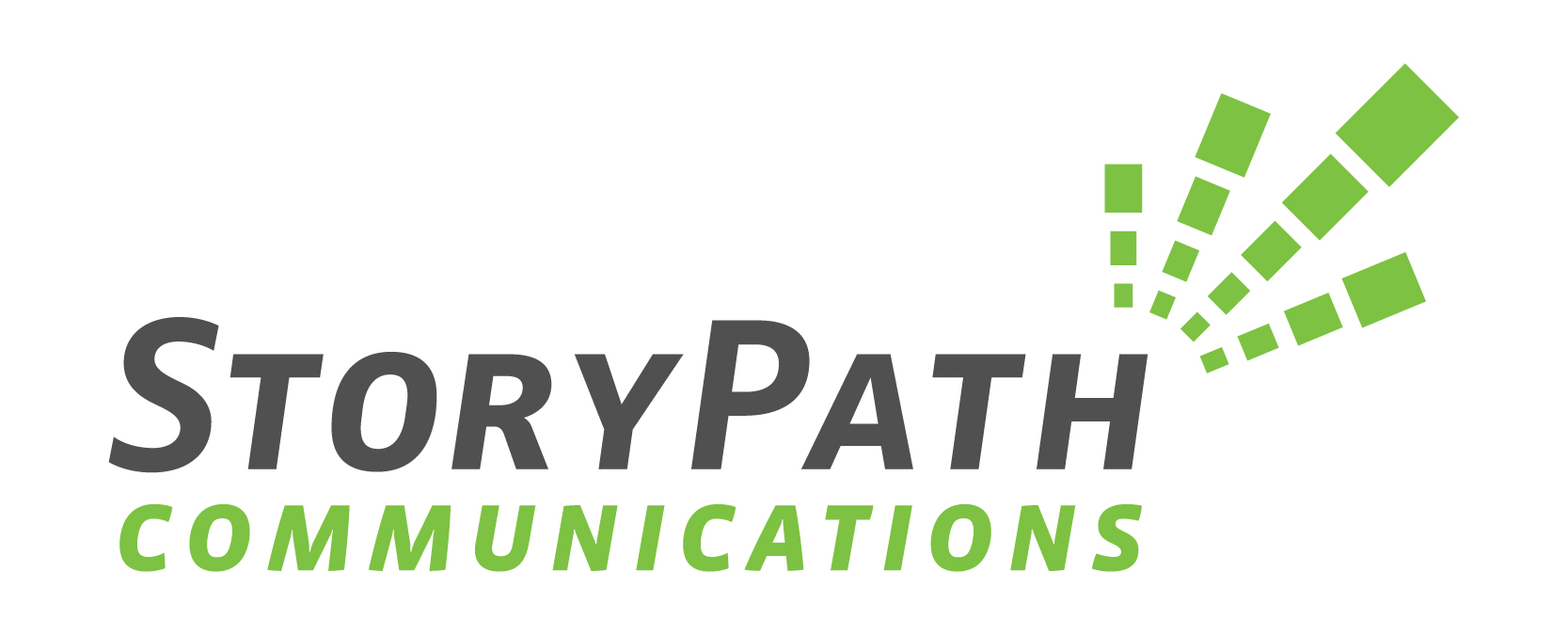Email marketing is an often underutilized marketing channel for small businesses, but it’s also an often misunderstood marketing channel.
You can read about the basics of email marketing here, but let’s look at some frequently asked questions about email marketing and dig a little deeper in to the differences between what’s allowed by law, what’s allowed by your email platform, and what classifies as best practice.
As long as there’s an opt out link, I can email someone, right?
Technically according to CAN-SPAM regulations in the United States, the answer is yes. (Side note: We’re not lawyers, and this is not legal advice!) If you’re emailing people in other countries, the regulations are much stricter about who you can and can’t email.
But federal regulations aren’t the only ones you need to follow. You also need to read and understand the terms of service and/or acceptable use policy of your email marketing platform. Spoiler alert: Nearly every single email marketing platform out there says you MUST have permission directly from the individual you are emailing to add them to your email list.
Email marketing is ultimately a relationship with your customer, and consent matters in relationships. If you go to a networking event and chat with someone for two minutes and exchange cards, that doesn’t classify as getting permission to add them to your email list. You can certainly reach out personally to follow up and invite them to opt-in to your list, but adding that stack of cards to your email list by default isn’t a smart move.
As a vendor at a recent conference, I got a list of attendee email addresses. Are those okay to email?
First, you should check to see if the conference had a clear opt-in notifying attendees that their email address would be shared with vendors. If they did, then you’re probably okay to email them from a consent perspective overall. However, keep in mind that every other vendor at the conference might be adding those same people to their list too. Their inboxes will likely be flooded with post-conference emails, and yours may get lost in the shuffle.
Here’s something else to consider: if people were forced to agree to sharing their email with conference vendors, they might not want to be on your list. If you’re emailing a bunch of people who didn’t want to be on your list, your engagement stats will take a hit. Open and click rates are likely to drop, and your spam complaints will likely increase. Your best approach is to send a one-time email to that list and invite them to opt-in to receive emails from you, rather than simply adding them to your list and continuing to send emails over time.
Now, if someone stopped by your booth and had a conversation, dropped their business card in a fish bowl with a clear opt-in message, or indicated in the conference app that they wanted to hear from you, that’s a different story than simply emailing the full attendee list provided by the conference.
I need to grow the size of my email list. What’s the best way to do that?
Let’s talk about quality versus quantity. Too many organizations focus on the size of their list and not the quality of their list. You want people on your email list to WANT to be there. The customers who want to be there are going to open, read, and click your email. People who don’t want to be on your list are going to ignore them or mark them as spam. Some of them will unsubscribe, which is actually a good thing if they don’t want to be on your list.
To grow your list, tell people about it! Put a popup box on your website, include it in the footer of your email, or use a free resource on your website as a way to encourage opt-ins to your email list. If you’re out at networking events talking to people, you can verbally ask them if they’d like to be added to your email marketing list for updates. If they say yes, write a Y on their business card and then follow up individually in addition to adding them to your list.
What’s the best way to approach email marketing as a small business or small nonprofit?
Best practice will always be true permission-based email marketing. That means someone gave you explicit permission to contact them via email marketing: they signed up to receive your newsletter on your website, they took an action to provide clear opt-in at a networking event or conference, etc. Any other way of building your list (buying a list, scraping emails from LinkedIn, etc.) doesn’t fall under best practices and more than likely violates the rules of your email service provider.
Once you have a permission-based list, your email marketing approach should focus on providing value to your subscribers. When they find value in your emails, they engage with them more regularly, and engagement is good.
What email platforms are good for small businesses or small nonprofits?
There are many factors in choosing an email marketing platform: features, usability, design flexibility, budget, etc. If you’re primarily going to send a monthly newsletter or even a weekly email with business updates or new products, there are some low-cost platforms like Mailchimp and Constant Contact available. If you plan to expand into marketing automations or want your email platform to also support your sales team, you may need a more robust (and more expensive) platform. The first step is identifying what you need the email marketing platform to do for you, and then you can figure out what platform is best for your needs.
Need help getting started with email marketing or refining your existing strategy? The StoryPath team has extensive experience in email marketing and can help you with next steps.

